Institutional Performance Management
The Blueprint for Continuous Improvement
Institutional Performance Management is a discipline borrowed from the most successful institutions and organizations centered on strategic planning, identifying risks and opportunities, and ensuring alignment across your institution.
.png)
A method to meet the moment
Today's high stakes are the result of growing pressures that are impacting every institution in different ways. Hear first-hand how leaders from institutions across the country are thinking about today's challenges, and how Institutional Performance Management is the answer.
The Approach
Institutional Performance Management offers a methodological approach to solving your top challenges with data-informed practices that set your institution up for continuous improvement. From yield modeling and optimizing financial aid to labor benchmarking and streamlining assessment processes, Institutional Performance Management is the blueprint for success.
Drive Enrollments
Use data insights to drive enrollments, improve student success and retention, and grow net tuition revenue.
Manage Expenses
Control costs in alignment with multi-year financial modeling that tracks to financial sustainability.
Improve learning outcomes
Prepare students to be successful in today's workforce, and facilitate a seamless accreditation process.
How It Works
See how our solutions can help answer your toughest questions.
Choose an option:
Enrollment Forecasting
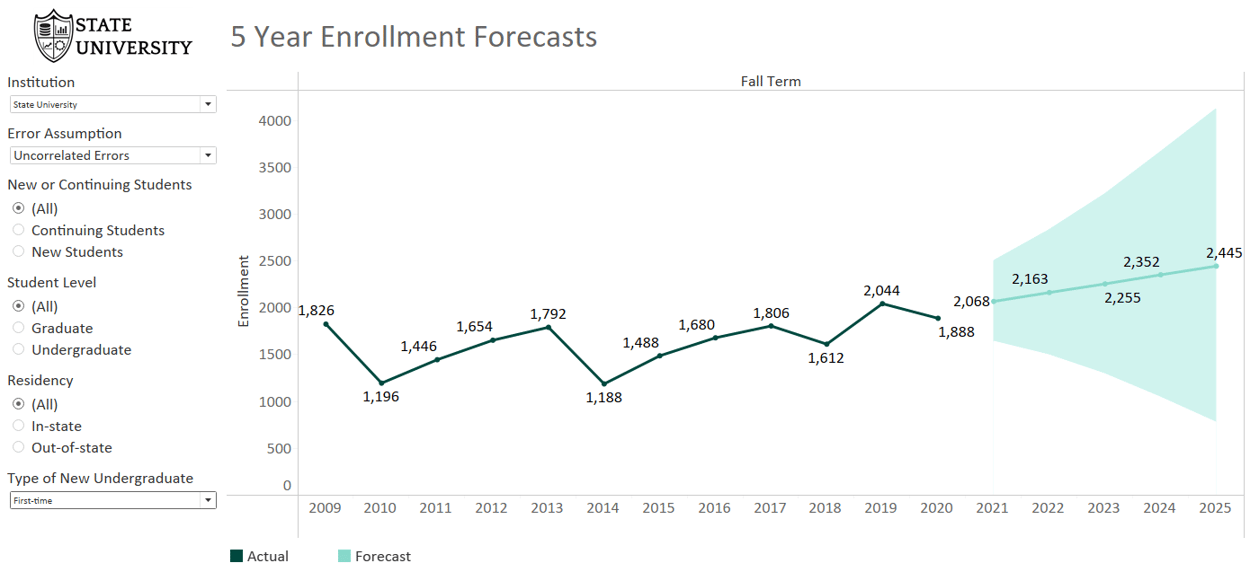
Yield Modeling
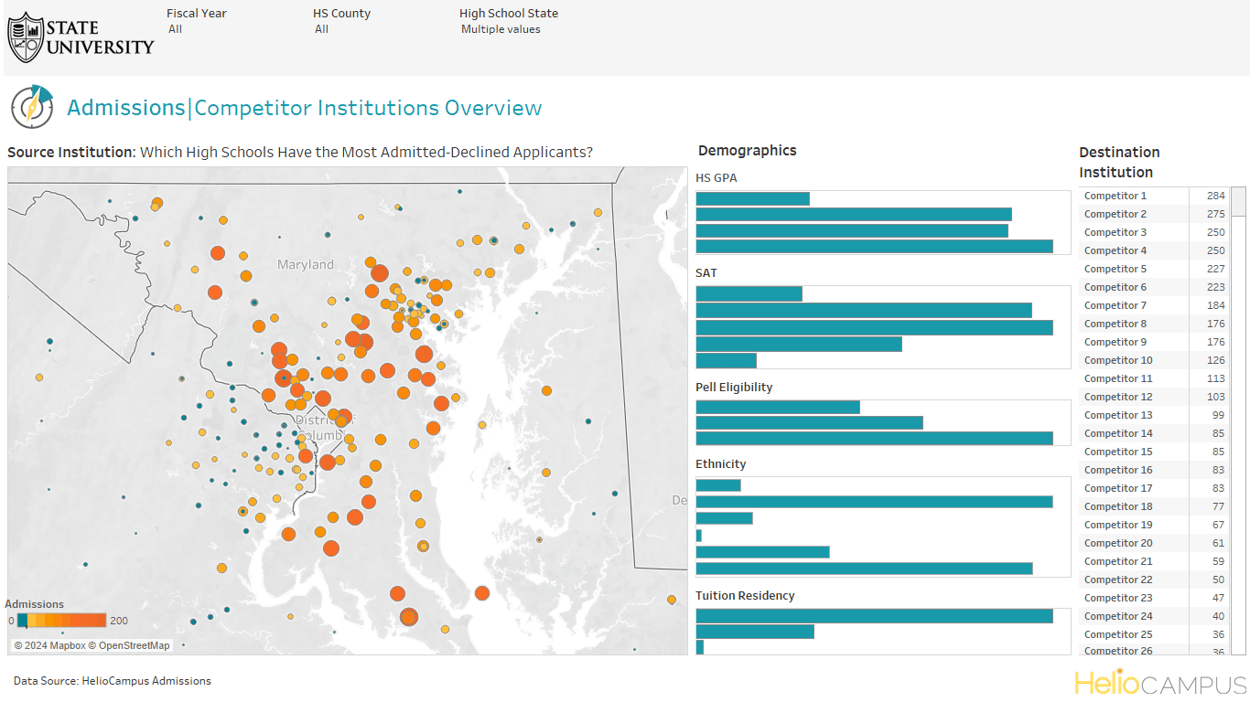
Optimizing Financial Aid
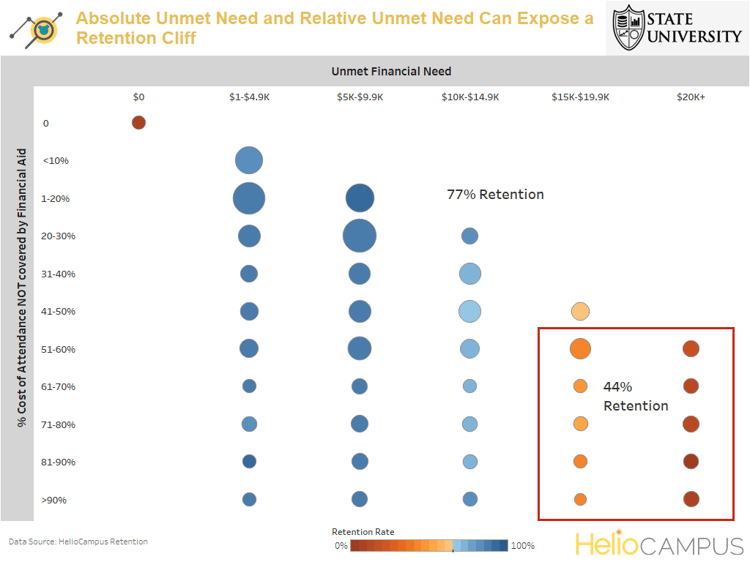
Retention Analyses
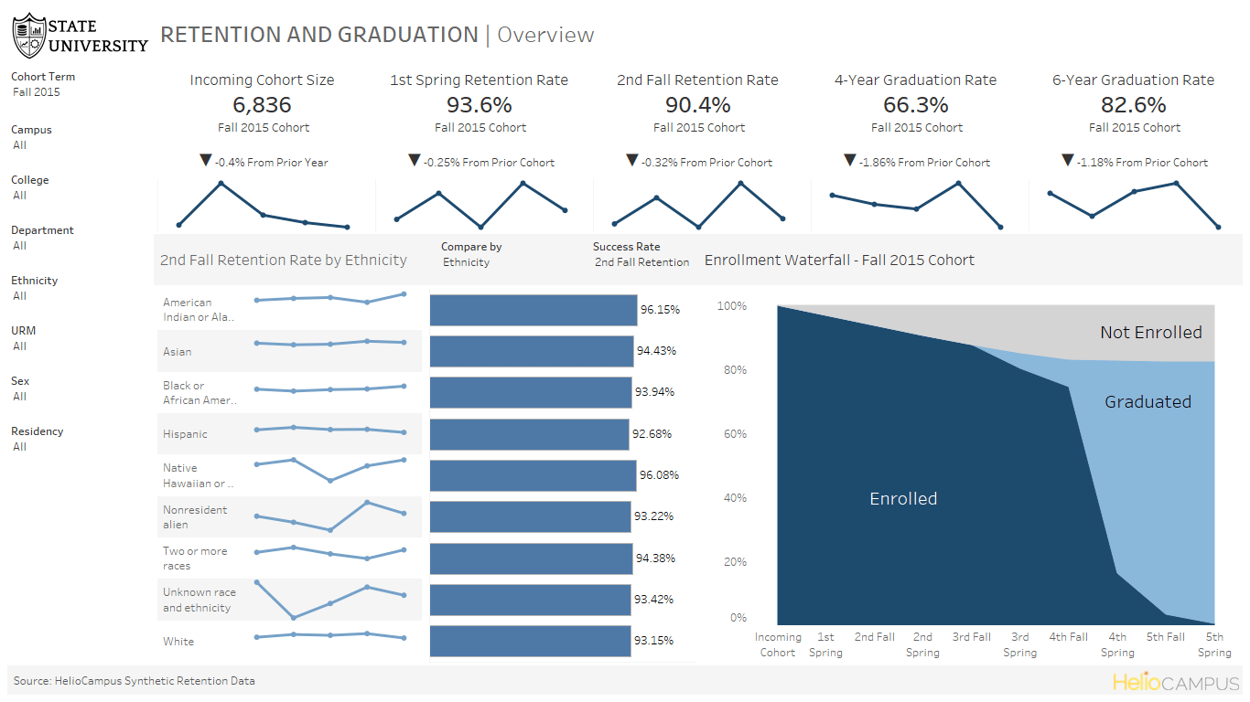
Choose an option:
Multi Year Financial Planning
How are student demographic shifts impacting our financial picture?
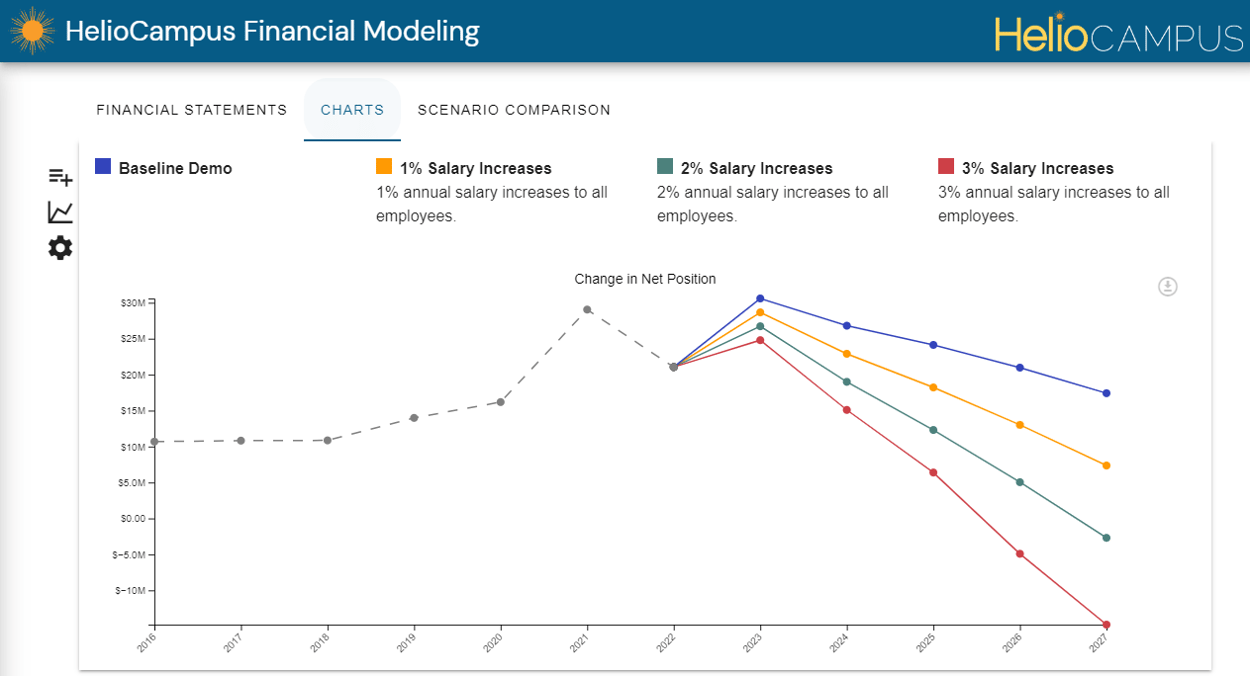
Labor Benchmarking

Workforce Planning
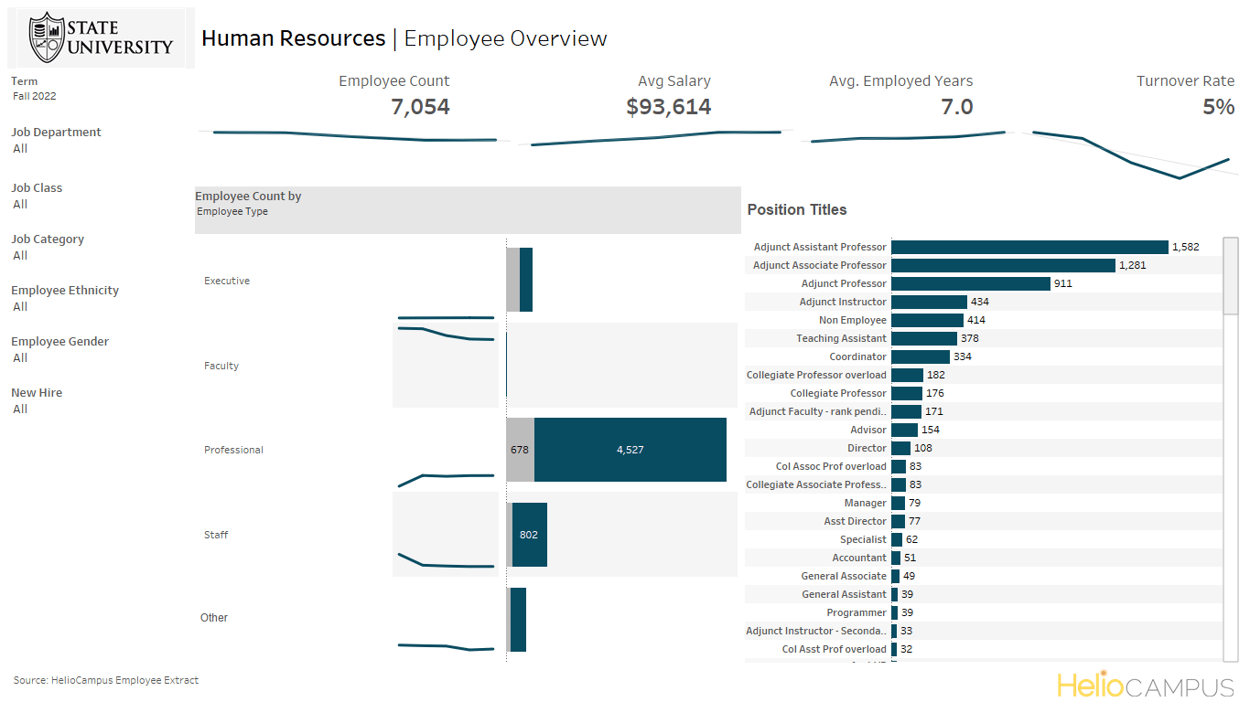
Contribution Margin Analysis
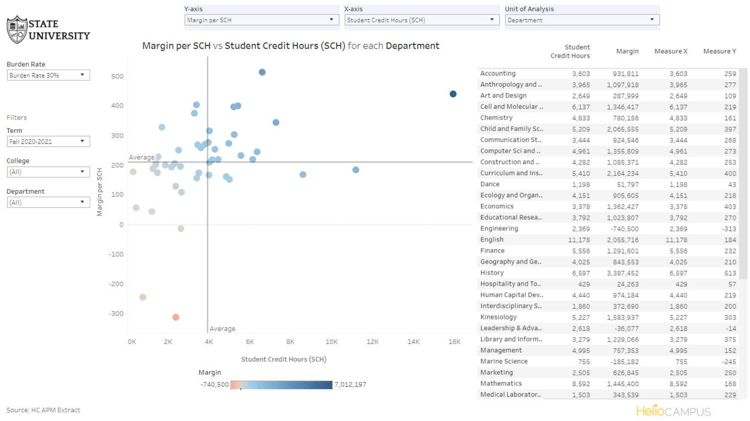
Course & Instructor Utilization
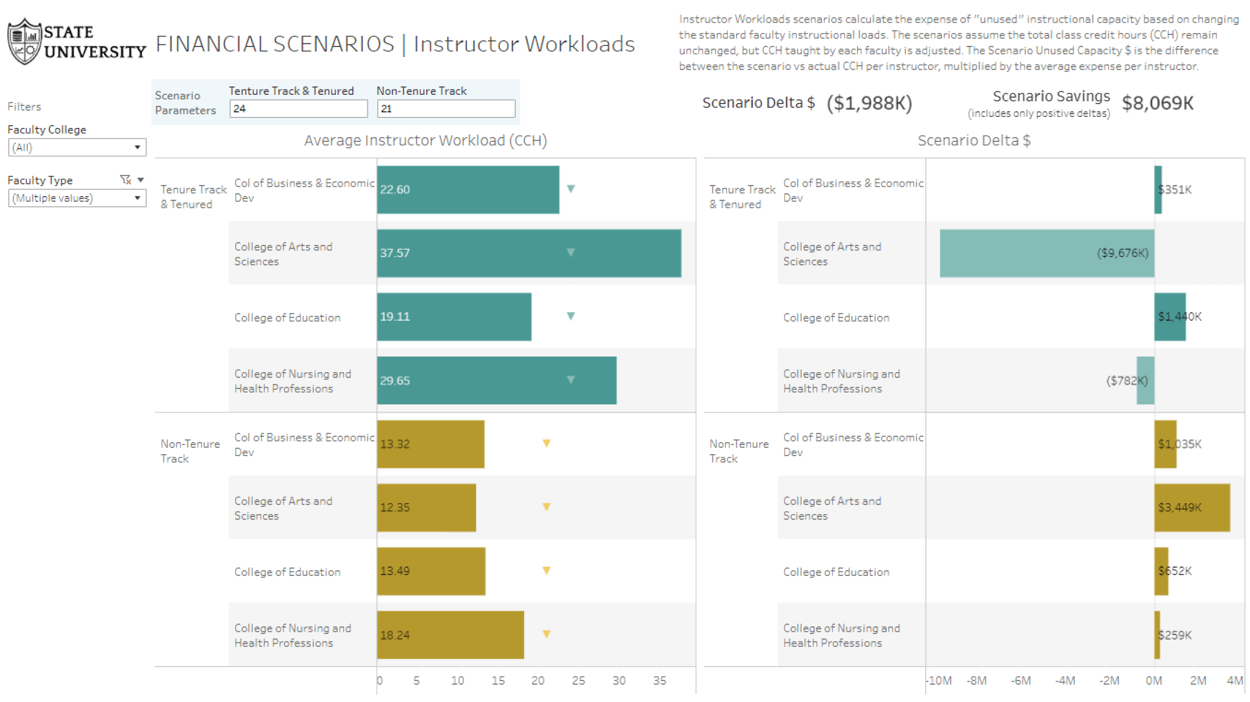
Choose an option:
Accreditation Support
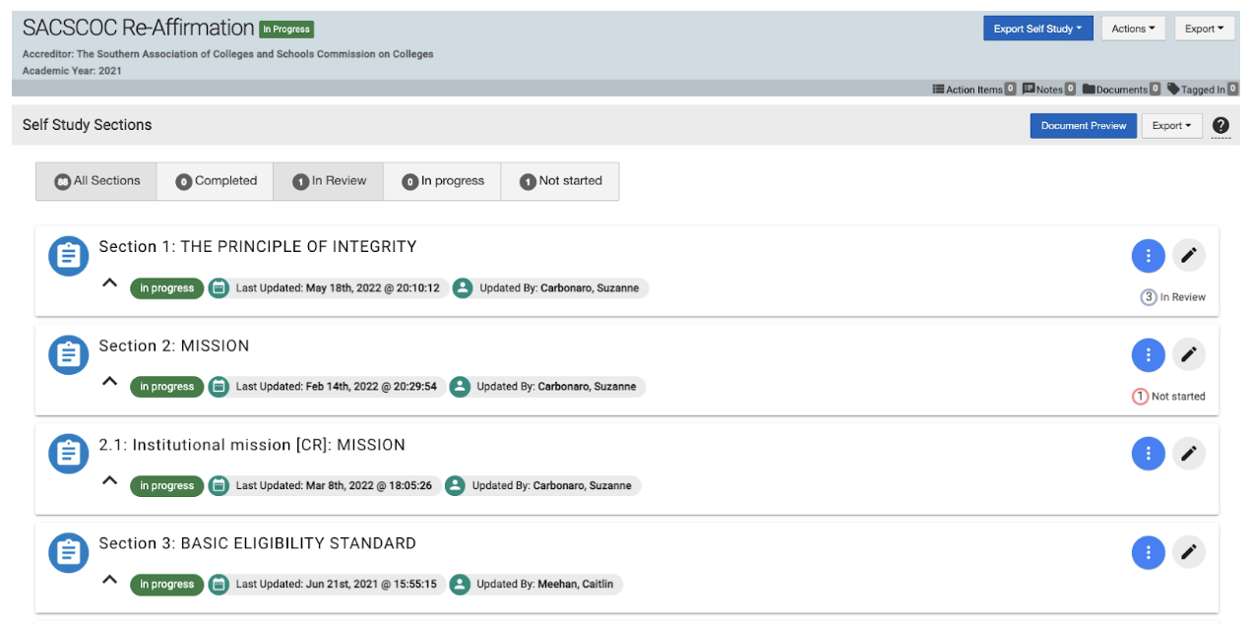
Outcomes Assessment
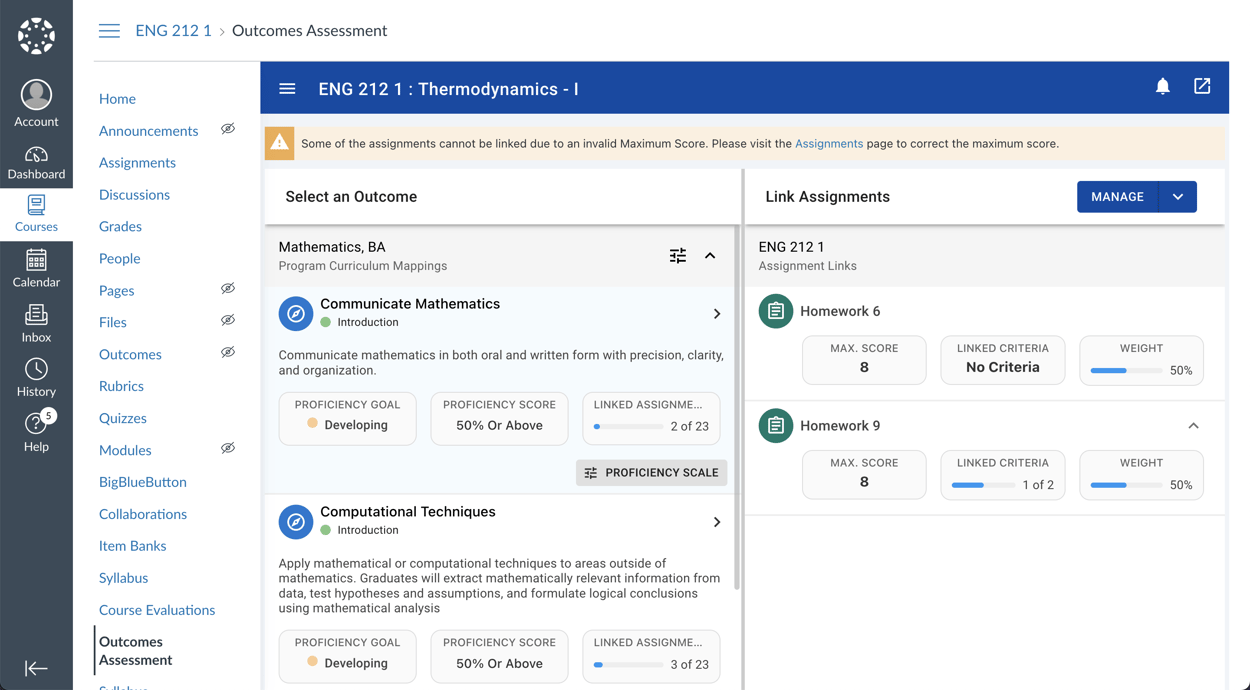
Course Evaluations
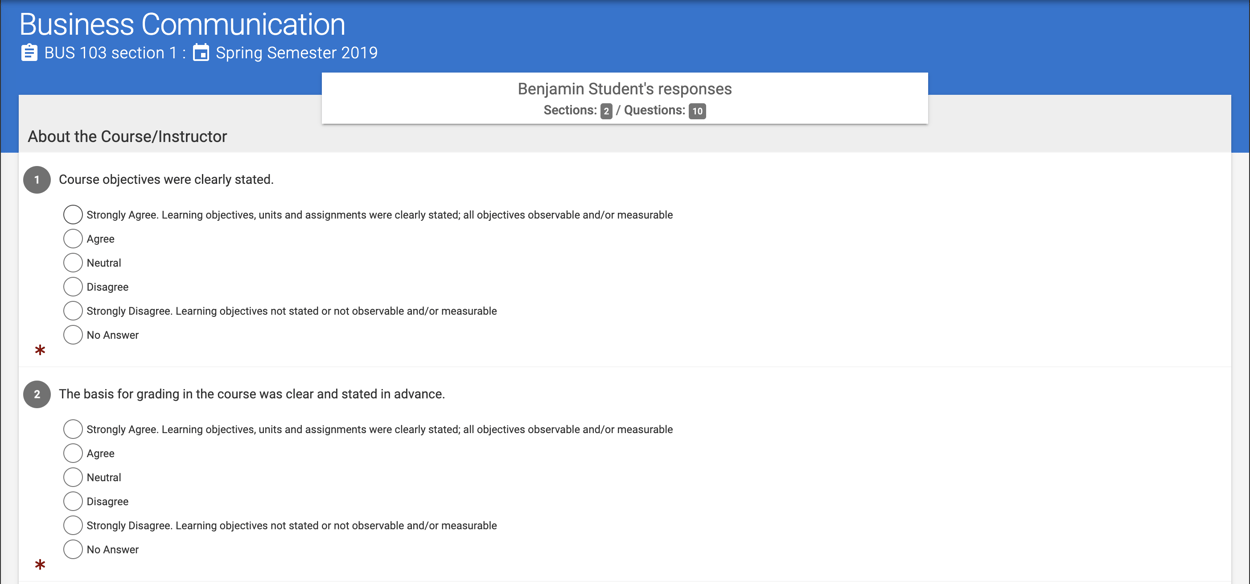
Skills Recognition
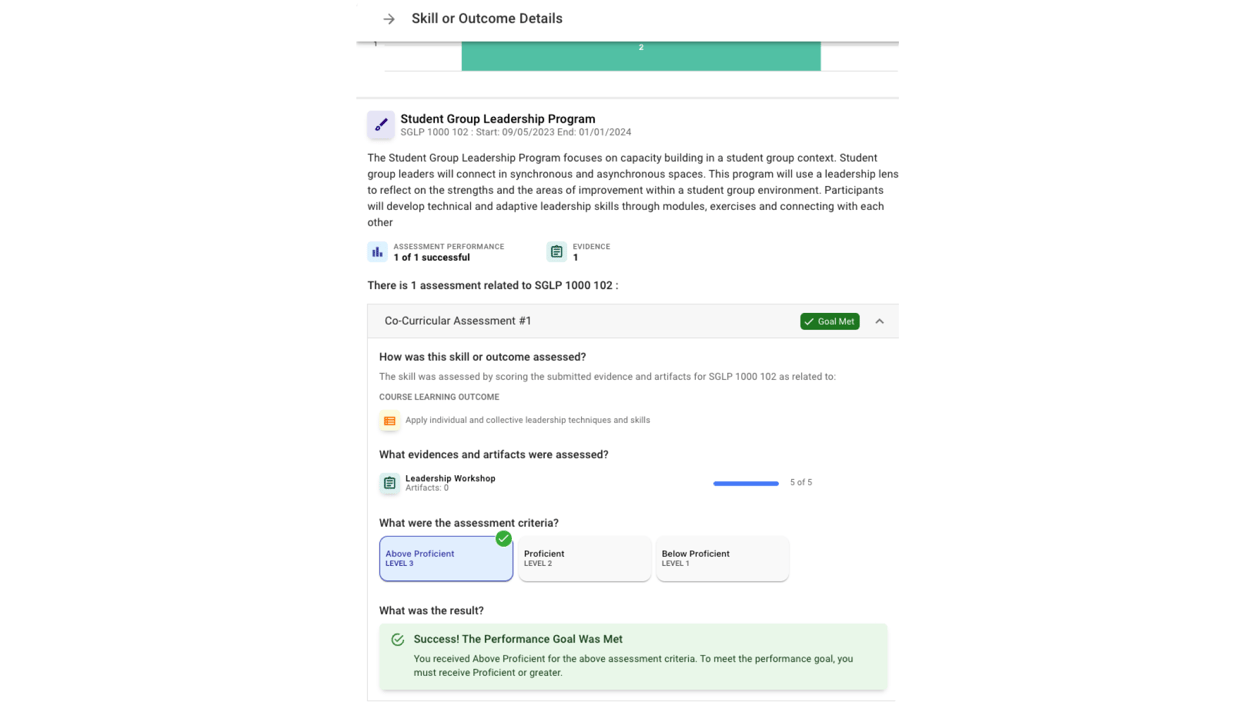
Choose an option:
Drive Enrollment
Enrollment Forecasting
Enrollment Forecasting

Yield Modeling
Yield Modeling

Optimizing Financial Aid
Optimizing Financial Aid

Retention Analyses
Retention Analyses

Manage Expenses
Multi Year Financial Planning
Multi Year Financial Planning
How are student demographic shifts impacting our financial picture?

Labor Benchmarking
Labor Benchmarking

Workforce Planning
Workforce Planning

Contribution Margin Analysis
Contribution Margin Analysis

Course & Instructor Utilization
Course & Instructor Utilization

Improve Learning Outcomes
Accreditation Support
Accreditation Support

Outcomes Assessment
Outcomes Assessment

Course Evaluations
Course Evaluations

Skills Recognition
Skills Recognition

The Financial Levers
Navigate the interconnectedness of mission, student outcomes, and financial sustainability. Institutional Performance Management provides a holistic view of the institution, and a critical first step in the path to sustainability and longevity.
The following charts are based on financial data from 2020-2021.
Choose an option:
2-Year Public
Tuition & Fees (48.8%), Grants & Contracts (39.5%), Auxiliary Enterprises (9.2%), Other Revenues (6.4%)
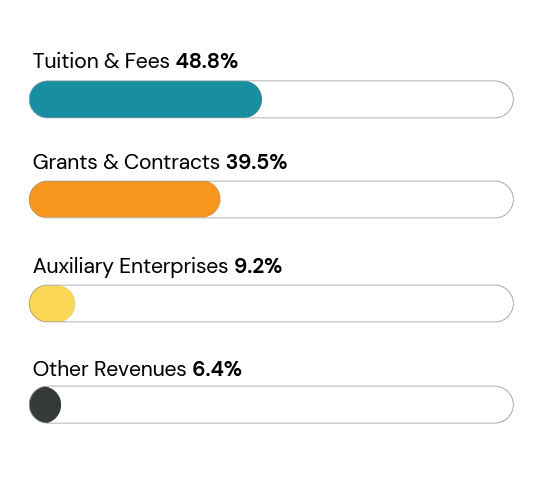
4-Year Public
Tuition & Fees (30.8%), Grants & Contracts (23.4%), Auxiliary Enterprises (8%), Sales & Services of Hospitals (26.6%), Other Revenues (11.2%)
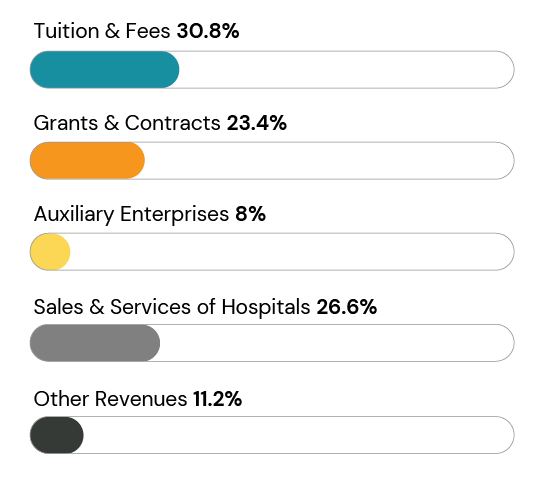
4-Year Private
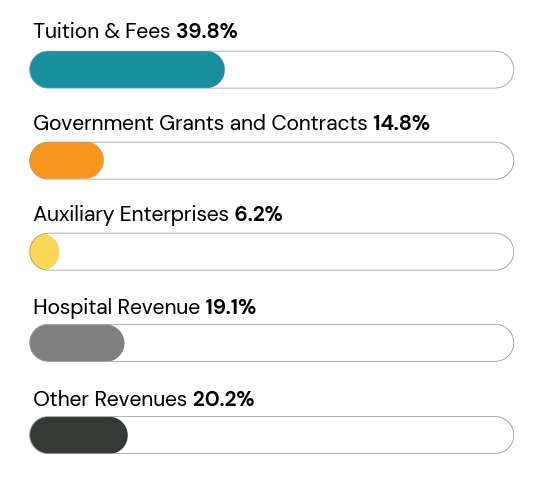
2-Year Public
Government Appropriations (64.1%), Non-Operating Grants (30.8%), Gifts (1.2%), Investment Income (1%), Other (2.9%)
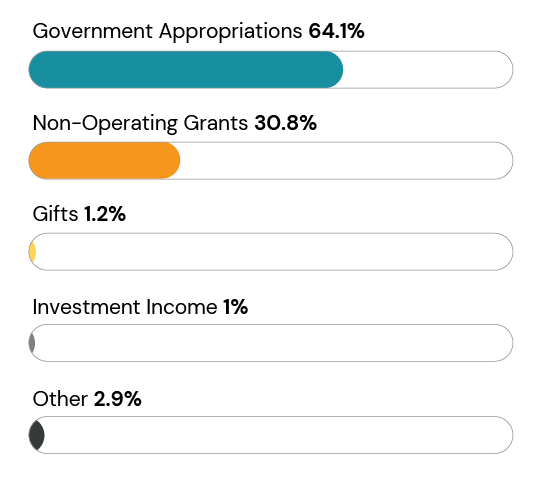
4-Year Public
Government Appropriations (38.5%), Non-Operating Grants (18.4%), Gifts (5%), Investment Income (31.4%), Other (6.8%)
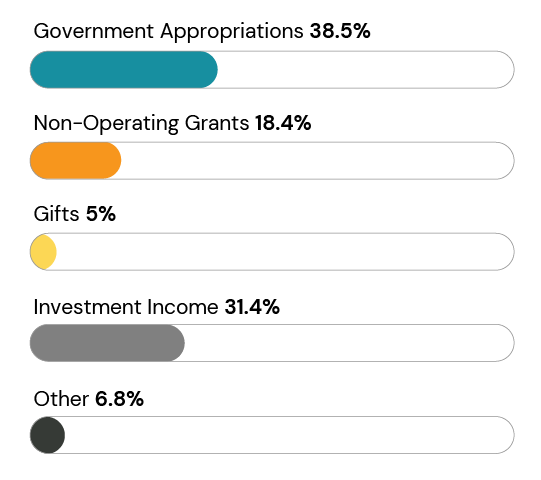
4-Year Private
Government Appropriations (0.59%), Private Gifts (11.2%), Investment Return (86.9%), Contributions from Affiliated Entities (1.3%)
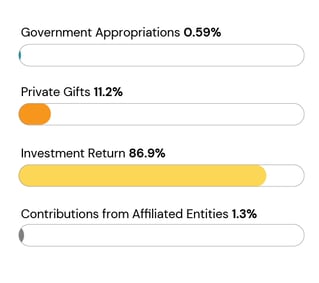
Choose an option:
2-Year Public
Public Service (1.3%), Institutional Support (16.5%), Auxiliary Enterprises (2.8%), Other Expenses and Deductions (12.6%)
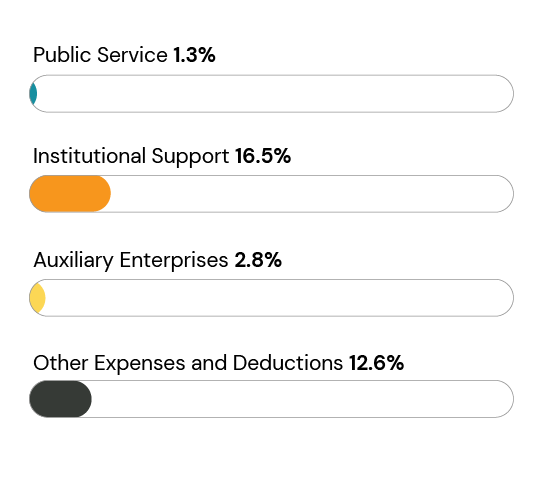
4-Year Public
Public Service (4.7%), Institutional Support (8.4%), Auxiliary Enterprises (9.7%), Hospital Services (16.6%), Independent Operations (0.5%), Other Expenses and Deductions (6.5%)
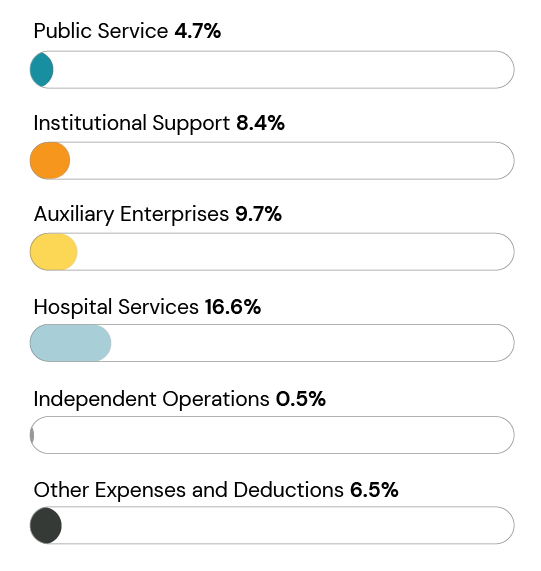
4-Year Private
Public Service (1.5%), Institutional Support (12.8%), Auxiliary Enterprises (7.7%), Hospital Services (13.0%), Independent Operations (0.6%), Other Expenses (7.2%)
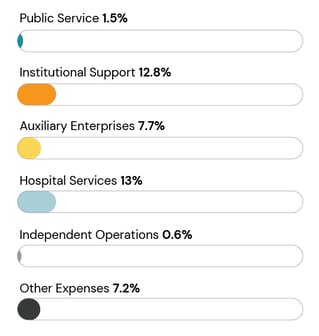
Choose an option:
2-Year Public
Instruction (37.1%), Research (0.1%), Academic Support (8.1%), Scholarships & Fellowships (10.7%), Student Services (10.7%)
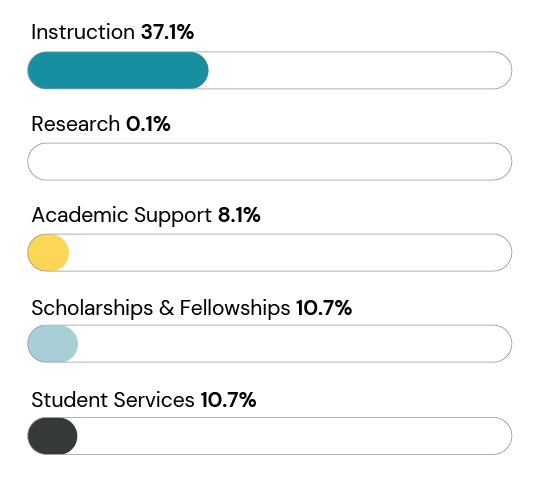
4-Year Public
Instruction (25.9%), Research (11.6%), Academic Support (8%), Scholarships & Fellowships (4.7%), Student Services (4.6%)
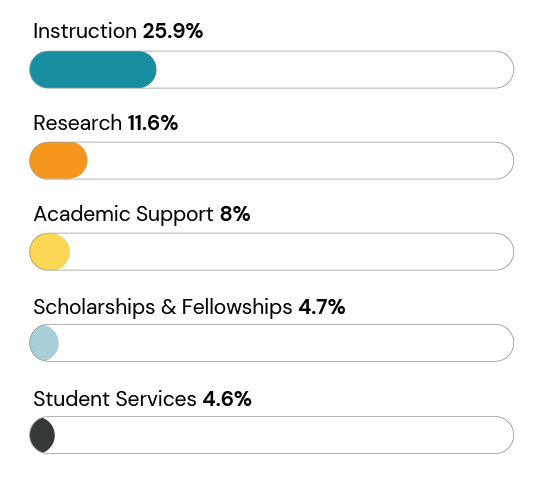
4-Year Private
Instruction (29%), Research (10.8%), Academic Support (8.7%), Net Grant Aid to Students (0.5%), Student Services (8%)
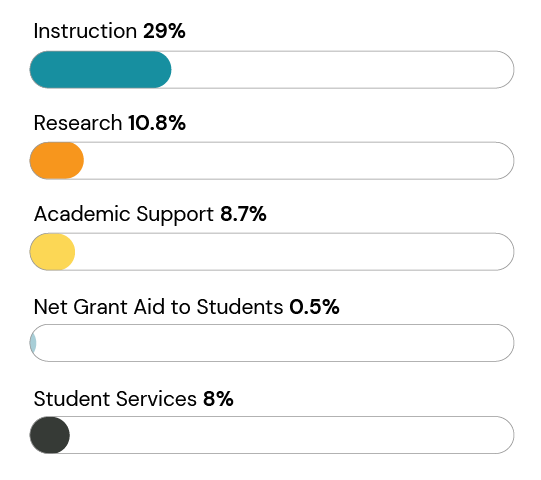
Choose an option:
Drive Student Success & Grow Revenue
Operating Revenues
2-Year Public
Tuition & Fees (48.8%), Grants & Contracts (39.5%), Auxiliary Enterprises (9.2%), Other Revenues (6.4%)

4-Year Public
Tuition & Fees (30.8%), Grants & Contracts (23.4%), Auxiliary Enterprises (8%), Sales & Services of Hospitals (26.6%), Other Revenues (11.2%)

4-Year Private

Non-Operating Revenues
2-Year Public
Government Appropriations (64.1%), Non-Operating Grants (30.8%), Gifts (1.2%), Investment Income (1%), Other (2.9%)

4-Year Public
Government Appropriations (38.5%), Non-Operating Grants (18.4%), Gifts (5%), Investment Income (31.4%), Other (6.8%)

4-Year Private
Government Appropriations (0.59%), Private Gifts (11.2%), Investment Return (86.9%), Contributions from Affiliated Entities (1.3%)

Manage Costs & Streamline Operations
Expenses
2-Year Public
Public Service (1.3%), Institutional Support (16.5%), Auxiliary Enterprises (2.8%), Other Expenses and Deductions (12.6%)

4-Year Public
Public Service (4.7%), Institutional Support (8.4%), Auxiliary Enterprises (9.7%), Hospital Services (16.6%), Independent Operations (0.5%), Other Expenses and Deductions (6.5%)

4-Year Private
Public Service (1.5%), Institutional Support (12.8%), Auxiliary Enterprises (7.7%), Hospital Services (13.0%), Independent Operations (0.6%), Other Expenses (7.2%)

Maximize Returns of Academic Programs
Expenses
2-Year Public
Instruction (37.1%), Research (0.1%), Academic Support (8.1%), Scholarships & Fellowships (10.7%), Student Services (10.7%)

4-Year Public
Instruction (25.9%), Research (11.6%), Academic Support (8%), Scholarships & Fellowships (4.7%), Student Services (4.6%)

4-Year Private
Instruction (29%), Research (10.8%), Academic Support (8.7%), Net Grant Aid to Students (0.5%), Student Services (8%)



